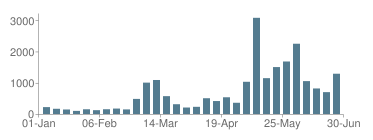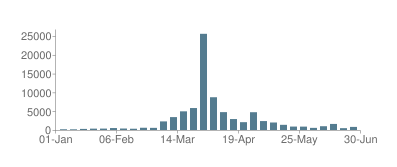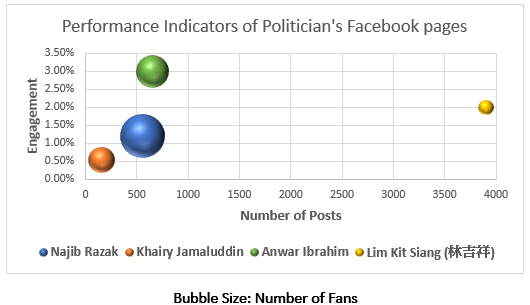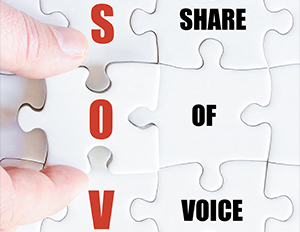Growing Influence of Social Media in Malaysia’s Political Landscape – An Analytical Perspective
“The goal is to turn data into information, and information into insight” were the words of Carly Fiorina, former Hewlett-Packard CEO. Social media usage in Malaysia has grown tremendously with the help of a better Internet accessibility and has inadvertently influenced Malaysia’s political significance. According to a recent statistics report by Malaysian Communications and Multimedia Commission, in Q1 this year the broadband internet penetration rate per 100 inhabitants was 32%, whereas the percentage of households with broadband access in WP Kuala Lumpur was 81.1%. Signs of internet’s political impact can be seen by the presence of social solidarities as activists capitalize on social networks to pique netizens’ interests and mobilize resources.
Social Media equipped with renewed stress on Analytical Insights is being used by various Political Figures to shape political discourse by:
- Leveraging insights that are backed by evidence from Social Media in their political outreach strategies
- Strategically engage with netizens that have a common purpose. For example via Facebook Groups and Communities, Twitter Hashtags and much more
- Providing news and sharing views with young netizens that exclusively use social media platforms Twitter, Facebook, and Blogs for consuming news rather than relying on old age media like TV and newspapers
Let us now look at a few events that piqued netizens interest in last 6 months
- 1MDB: When freedom of press is limited, internet becomes a more attractive source for political expression. For instance, between 1 January – 30 June 2015, there were a total of 136, 190 mentions on Twitter containing the word “1MDB”. The buzz trend analysis shows that mentions fluctuated in the first half of 2015, with increasing buzz end of April and early May 2015.

- GST: On a separate note, there were a total of 511, 284 Twitter mentions with ‘GST’. Of which its peak mentions were beginning of April as the Goods and Services Tax (GST) of 6% was rolled out on 1st April 2015 in Malaysia.

Growing Role of Analytics
More examples of how analytics can help in deriving insights from data can be seen by understanding patterns in netizens’ behaviors. For instance, the bubble graph below depicts the correlation between number of fans, engagement and number of Posts from 1 January – 16 August 2015.

It is evident that Datuk Seri Anwar Ibrahim’s Facebook page has the highest engagement, in spite of having a lesser amount of fans.
Engagement is the average amount of interaction a fan has with the posts of a page. It is derived by dividing the total amount of likes, comments and shares (interactions) by the number of fans. Understanding engagement levels can also provide us with insights as to the type of posts that captures the best reach and interaction. For example, status updates with photos tend to have better interaction than wordy statuses alone.
Additionally, based on top posts by total reactions on these accounts, data shows that statuses with high sentiment value, for example PM Najib’s condolence status update (12 February 2015) on Tok Guru Nik Abdul Aziz Nik Mat’s passing, Anwar Ibrahim’s photo upload (21 January 2015) of his wife and daughters, and Khairy Jamaluddin’s photo upload (24 March 2015) of his newborn, demonstrate that engagement is best when posts have strong sentiment value.
These kind of analytics have gone mainstream in political landscape of modern economies like USA, UK and Canada as they help in understanding trends and patterns which unravel netizens behaviors, and to tactically have better engagement with them. Social Media is indeed getting more and more relevant in political landscape of Malaysia as well.



